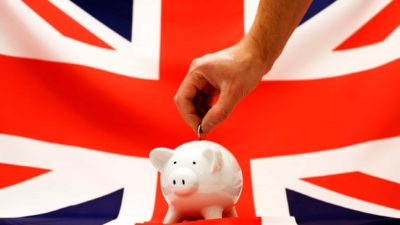The American e-commerce giant has made the decision to increase its lowest-paid workers to US$15 an hour. This compares to the US federal minimum wage of US$7.25, although many US states have a minimum wage that is higher than this.
It's expected that employees who don't earn the minimum will also receive something of a pay rise.
There has been a concerted effort to increase the minimum amount paid to be closer to a 'living' wage, even if the minimum wage doesn't change. Large retailers like Target and Walmart have also recently increased wages.
The change will help 250,000 people in US and tens of thousands in Europe.
In the short-term this will likely dent Amazon's profits but in the long-term it may help. In a similar fashion to Ford, the lowest paid at Amazon are some of the most likely to spend that additional money on Amazon-bought products.
Cynical people would say that Amazon is one of the worst offenders for replacing workers with automation. Also, that it wouldn't have done this wouldn't pressure from people like Bernie Sanders.
Ultimately, I think it's a good move for businesses to pay people a liveable wage. People's wages become their spending, which becomes the revenue of businesses. The economy would dry up if people were spending all their money on basic necessities and nothing else.
This could prompt some businesses in Australia such as Wesfarmers Ltd (ASX: WES) and Woolworths Group Ltd (ASX: WOW) to consider raising their minimum pay level. Australia's national minimum wage is better than the US', but US$15 is nearly $21 AUD at today's exchange rate – plus Australia's cost of living is supposedly more.
Foolish takeaway
I applaud Amazon for the move – businesses that are doing very well should share the rewards with their employees in some way, even if it's a small gesture. As I mentioned, it could boost Amazon over time if millions of low-paid retail workers earn more – they might spend some of it on Amazon.com!







